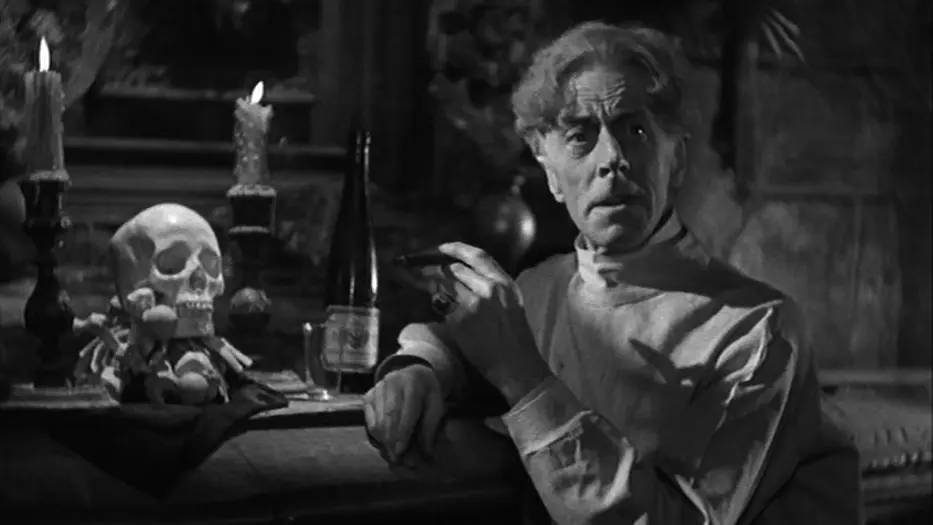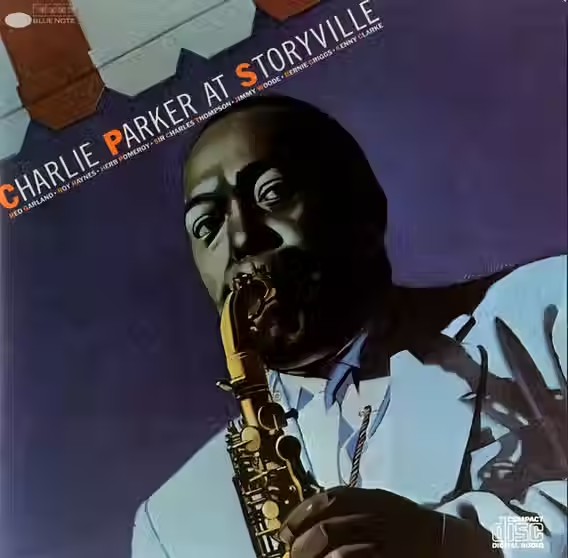Notes on James Whale's Frankenstein pictures
- Colin Fleming

- Nov 1, 2023
- 4 min read
Updated: Nov 2, 2023
Wednesday 11/1/23
I have watched James Whale's Frankenstein (1931) and Bride of Frankenstein (1935) a couple more times lately.
Frankenstein is a perfect film. You won't find a misstep. Bride of Frankenstein, while not perfect, is an even richer viewing experience.
The classic monsters of popular culture all come from Universal. They didn't necessarily originate there, but it's the Universal images and takes on the characters that prevail and persist. These five archetypes are Dracula, the Frankenstein monster, the Mummy, the Wolf Man, and the Creature from the Black Lagoon.
When Dwight Frye turns up in a horror film, good things happen. He's even more memorable--though he arrives much later--in Bride than its predecessor, and he sets the hunched back lab assistant/henchman standard in Frankenstein.
Frankenstein as a concept is not supernatural in nature. It's meant to be science and ambition gone amuck. But in Whale's Frankenstein, a supernatural element is introduced--the specter is raised--when the Monster, arriving on the wedding night, has his voice resound in different parts of the house, seemingly at once. Is he beginning to master supernatural qualities with which he was imbued? You don't think he's merely throwing his voice--something else is going on. Mystery can be powerful in fiction.
Bride has a slow start, but I choose to think of it as a period of opening itself up to reveal what is within. The initial comedy is low, the later comedy is much more wit and word-based. We really start moving when the man whose daughter was drowned in the first picture returns in a most misguided effort to see the Monster's charred form. The way he is dispatched is quite brutal; the owl that looks on--whilst entirely unperturbed--makes the scene funny, too, though. Then his wife is dispatched yet more brutally. Cut back to the phlegmatic owl for another laugh.
Speaking of the drowning: the death of the child in the first picture remains shocking all of this time later. It's not so much when she says, "You're hurting me" or when she hits the water as when we essentially--though the view is obscured by the Monster's back--watch her drown. The splashes, then the ceasing of the splashes. You really have to watch a film like this, follow each sequence all the way through.
No horror film has the scope of Bride. It's hugely ambitious and it realizes those ambitions convincingly. The Empire Strikes Back tries to jam a lot into its much longer run-time, and I don't think it works; far too jumbled. Bride of Frankenstein does not have this problem.
Karloff never sounded at any other point the way his Monster sounds in Bride. You wouldn't think his voice could even do some of the things it does or speak in that register.
Franz Waxman's score for Bride is the finest you'll encounter from an American horror film and its influence is substantial. It's this extended symphonic poem that works perfectly with the images and the pacing of the picture. Seamless integration, and it functions as a character itself. Dialogue holds our attention, but so does the music (and note the musicality to the exchanges in the blind hermit's home), which works as if it's dialogue of a different kind--the thoughts that creep us on us as we're involved in witnessing. Once it gets going, Bride is perfectly paced. It really is a virtuosic turn from Whale. There isn't any other Universal horror film that evinces a director's vision like this one.
Henry wants out in a big way in Bride from the animating stitched together cadavers game, but he can't help himself when Doctor Pretorius comes a'calling. The passion is still there.
Pretorius is a hilarious. The guy is sitting in a crypt having supper and when the Monster turns up he makes a remark about only have one vice, obviously not counting whatever the hell this is.
It's not a coincidence that two of the best horror films ever made--which are each highly distinctive and idiosyncratic--in Bride of Frankenstein and Brian Desmond Hurst's Scrooge--feature Ernest Thesiger. And, further, that both are genuinely funny in addition to being genuinely scary.
There's a lot of murder in Bride, but it's still more mordant than murderous. At the same time: Whale was good at showing bodies bouncing off of things, such as rocks below.
The use of the phone is a nice touch in Bride. It suggests, "This could happen now, it could be going on." The movie is more "modern" than we may have thought at first. I also like when Pretorius commiserates--as if he's briefly a normal person--by saying that Henry's wife is alive, he has proof of that.
Also a nice touch: Henry saying, "Mind the stairs" upon the return to the watchtower. We don't want anyone to fall. And what a crew it is ascending those stairs.
The Monster in Bride is ultimately judge, jury, executioner, wife murderer, savior, suicide, and saver of a parent. He doesn't give Henry and his own bride a lot of time to get out, though; he makes them hustle.
Colin Clive was ideal for the role of Henry Frankenstein. He died in 1937 at age thirty-seven, and you wouldn't think he's that young in these pictures, though in Bride he's put out, tired, at times defeated and haggard. There's this soul-drained fatigued to the character and I think there was one to Clive, too. His personal demon was that of alcohol. Clive's performances were serious, and that's important. I love 1931's Dracula, but there aren't really serious performances in it, are there? We get moments of horror, but there's also a tone at regular intervals of "Blimey!" Lugosi is committed to his role as the Count, but that seems to me about other things. Lugosi's technique makes it hard to think of him as a serious actor. But what Clive does would have worked in a proper drama without monsters. He makes these ventures very legitimate, gives them a foundation for everything else they want to do.




Comments